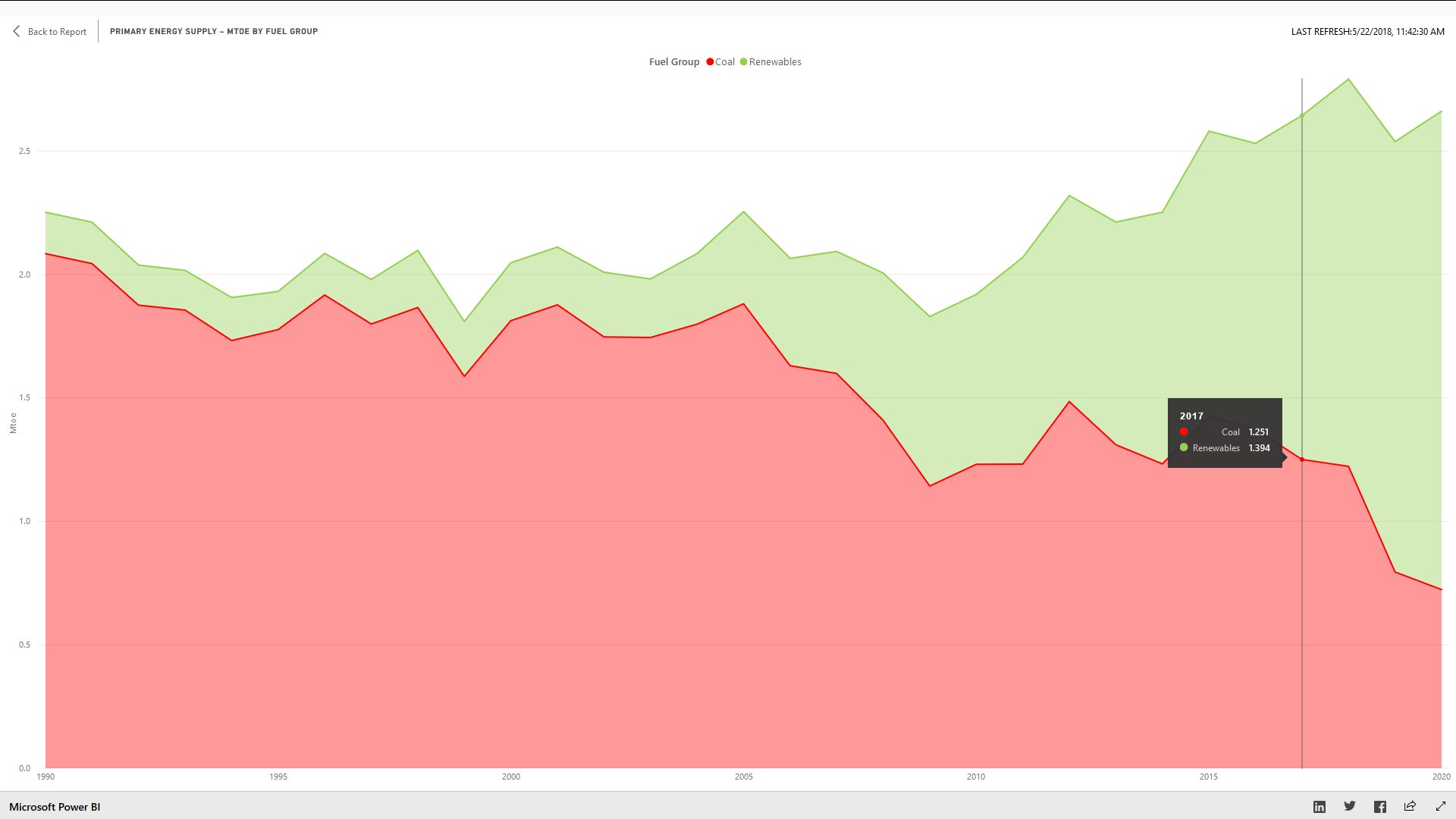RESS is the new Renewable Electricity Support Scheme in Ireland. It is a new auction scheme which is essential for achieving Ireland’s 70% renewable electricity target by 2030. Auctions will decide which generators will receive contracts.
The terms and conditions of the first auction (RESS1) were published by the Department of Energy (DCCAE) on 27th February, providing much-needed clarity for potential auction bidders. This is a welcome step towards delivery of new wind and solar projects in Ireland.
The terms and conditions of the first auction (RESS1) were published by the Department of Energy (DCCAE) on 27th February, providing much-needed clarity for potential auction bidders. This is a welcome step towards delivery of new wind and solar projects in Ireland.
Qualification opens on 9th March and closes on 2nd April. Bid bonds and all documentation as applicable should be ready.
The next major milestone after qualification is the publication of the auction info pack on 19th June. This will provide clarity on qualified volumes, auction competition ratios and the method for deciding how many GWh will be procured above the minimum 1,000 GWh committed to. The auction itself will open for one week from 23rd June.
Bioxl can provide advice on the qualification process or any other aspects of preparing, qualifying and bidding your renewable energy projects.
Some of the headline changes in the RESS1 T&Cs as compared with the Draft published in December are:
- The 5% renewable energy participation debt scheme has been shelved. The high rates of return and the guarantees requested from the project to underwrite the debt was controversial
- The Community benefit provisions have been extended to cover all projects, having previously excluded Community-led projects. The near-neighbour payments now only apply to wind projects, having proved unworkable for solar and other technologies and the provisions for spending and monitoring the community funds have been revised.
- The definition of Community-Led has been updated, in particular the requirement to have >150 members is gone, and the possibility for NGOs or other non-profit and community groups to participate has been opened up. As in the draft T&C, there is a longstop at 30/6/21 to submit evidence of a company structure that complies with the definition of Community-Led Projects. An application to qualify a Community-Led project must be made in conjunction with a Sustainable Energy Community.
- It remains the case that no matter what category a project qualifies for, the project is the same. In practice this means the MW qualified and the offer price are the same whether the project is Community, Solar or All category. The MW qualified is linked to the MEC, and the 120% over-install rule used by ESBN/Eigrid applies.
- There are revised provisions on change of ownership. All shareholdings above 30% have to be disclosed, and where commercial discussions have commenced that may lead to a new >30% shareholder at bid submission, this should also be disclosed at qualification stage. It is difficult to see how this will work in practice, as confidential commercial discussions are often ongoing, can be aborted and are rarely disclosed until confirmed.
- The minimum size has been reduced from 1MW to 0.5MW. In practice it is difficult to see that this will make any difference, except perhaps allowing some additional smaller wind and solar projects to qualify.
- The CFD mechanics and market settlement provisions remain largely the same. Quite a bit of industry feedback focused on negative pricing periods. The DCCAE view is to leave this unchanged.
DCCAE
Eirgrid






